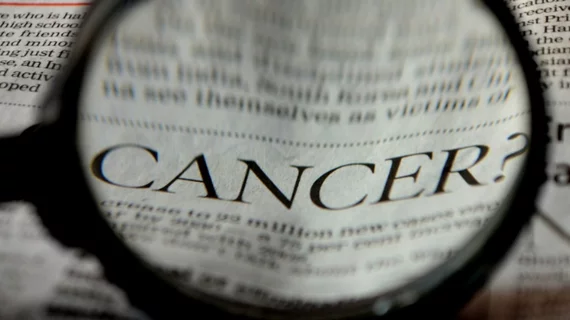'Active surveillance' for cancer diagnosis may leave some feeling too passive
In a May 20 essay in the Washington Post, Steven Petrow takes a look at his sister’s battle with ovarian cancer. He described how, after 18 weeks of chemotherapy, she is faced with a decision: Enroll in clinical trials or sit back in and opt for “active surveillance.”
“As I tell my sister with ovarian cancer: You can’t always know that you’re making the right decision—but you can try to make the best decision at any given time with the information and data you have,” Petrow wrote. “And yes, sometimes, for some people, that will mean doing ‘nothing.’”
Recent research from JAMA found men are increasingly pursuing “watchful waiting” instead of immediate therapy—72 percent of men under 65 opted for a conservative approach in 2015, compared to just 27 percent in 2005.
But the wait-and-see approach isn’t as carefree as it sounds. Petrow described his own feelings when dealing with testicular cancer years ago.
“But to me at the age of 26, ‘watchful waiting’ meant sitting out the battle while rogue cancer cells might be silently on the march through my lymphatic channels,” he wrote in the Washington Post. “It felt so passive—the exact opposite of being the cancer warrior we patients were supposed to be. I hated the very idea of it. I don’t think my 20-something self could have gone with an option as ‘unmanly’ as doing nothing if I’d had the choice (which I didn’t, in the end, because my cancer had already spread).”
Read more about the difficulties in deciding how to approach cancer at the link below:

